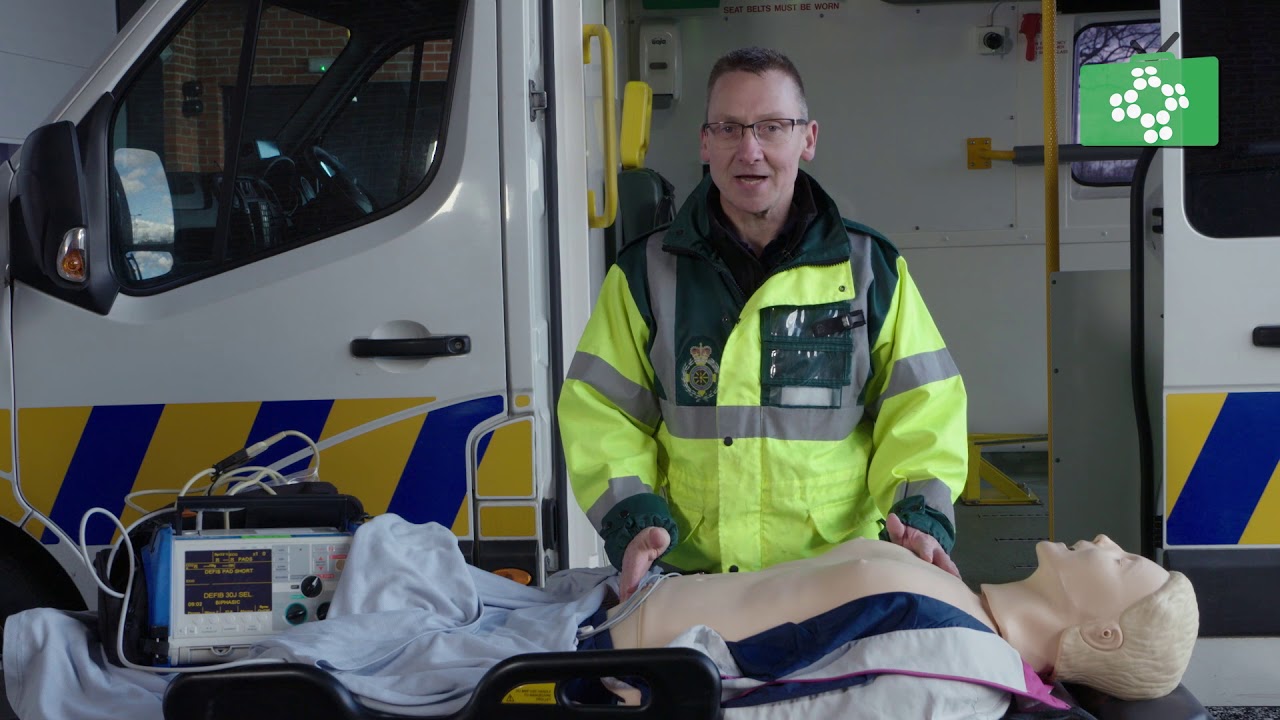
We are just going to quickly look at the concept of a precordial thump. We know that when a heart goes into a shockable rhythm, the quicker that we can deliver that shock, the more chances of his reversing that into a rhythm that will support a cardiac output, the better it is for the patient. So in a case where we have got a patient who goes into an arrest that we witness ourselves and when the patient is already on the monitor and we can confirm immediately that the patient is in VF or pulseless VT, we need to expose the chest, identify the center of the chest, and form a fist, and from approximately six inches above the chest, deliver a short, sharp thump once. This will generate approximately 20 joules of electricity and potentially may be just what is needed to restart the heart.
If this fails, then we need to switch back to our traditional defibrillation delivering a DC shock. Just to reinforce that this is not a first aid measure; it is for a situation where the patient is already on a cardiac monitor, and they go into a shockable rhythm that is witnessed by yourself. And to add a bit of real-life experience to the precordial thump situation, there’s been a number of times in my career where I’ve actually delivered a precordial thump and had a positive outcome. On one occasion actually, the chap was sat in an armchair in an upright position and suddenly became unresponsive in the presence of his wife. The patient was monitored. I could see that he had gone into VF and the quickest and most straightforward thing for me to do in that instance was to thump the gentleman on the chest, albeit in an upright position. He immediately reverted back to a sinus rhythm and gained consciousness within the space of a few seconds. This, of course, looked quite dramatic to his good lady wife, and I had to apologize for the apparent assault on her husband. Although, she was extremely grateful for the fact that he was now alive.

